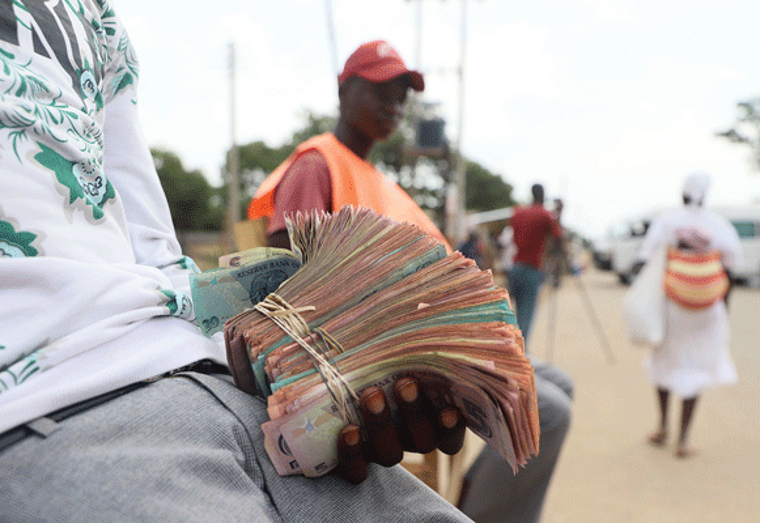 When I wrote 2000 words on why it was not in our national interest to continue with the use of foreign currencies for domestic settlement, I thought the case was strong but I was surprised when our President took up the issue at a major meeting and stated quite clearly that we were going back to use of our own currency. I pointed out that when we managed our monetary affairs properly, the US dollar was always worth less than our own currency. I further pointed out that all the countries in our region had done this successfully.
When I wrote 2000 words on why it was not in our national interest to continue with the use of foreign currencies for domestic settlement, I thought the case was strong but I was surprised when our President took up the issue at a major meeting and stated quite clearly that we were going back to use of our own currency. I pointed out that when we managed our monetary affairs properly, the US dollar was always worth less than our own currency. I further pointed out that all the countries in our region had done this successfully.
What the President said was that no country had been able to develop its own economy without using its own currency. I happen to agree. The question is how to effect the transition from what we have now and what has to prevail once the deed is done? That is neither easy nor uncomplicated.
So here goes. First we have to have an alternative. The Reserve Bank has issued ‘gold backed tokens’ for use as a currency that will retain its value. This is just another form of Bitcoin – a currency without any real support. You buy it on faith and believe me that is no reason to buy anything. We do not have any significant gold reserves, or reserves of anything to back what the Bank is trying to do. My grandson pointed out that the first sale of these tokens was taken up entirely in local RTGS dollars – another currency that has no backing or real value.
Our NOSTRO dollar balances have value because our banks keep balances in real currency offshore to ensure that when we make a payment from our accounts, they are settled in real time in real money. That is where we have to go with our own currency.
Our economy is 70 percent informalised and in that economy they work on cash. So right now, we have about US$8 billion washing about in that economy as actual USD notes – many so dirty and washed out that they are no longer acceptable internationally. In the formal sector people can draw US$1000 a day in crisp new notes from our ATM’s and 85 percent of all retail transactions are in US dollar notes. Prices favour settlement in US dollars.
We have in issue RTGS dollar notes ranging from $2 to $100, but at 7000 to 1 they are worthless and no longer acceptable in the market. If you are paid in RTGS dollars you have to use an electronic card to pay bills. Transactions in RTGS dollars run into the trillions making it still a significant means of settlement. But if we are going to convert to our own currency we need to print money. Everyone is terrified of this given our experience but in fact all countries do this every day, especially the USA, and 70 percent of all paper currency in the world is US dollars.
In my view we will to have a new currency printed and this must be equal to about 15 percent of all such transactions in the market. We should still encourage the use of electronic means to settle, but as a developing country with a large informal economy, we need cash.
Secondly, we need to protect the Nostro account system and allow people to bank real dollars into these accounts which should then be accepted as ‘free funds’ and to be available for individuals and companies to settle external liabilities. This will allow people with US in cash to bank this and not lose access to USD or Rand for specific purposes. These balances should not be touchable.
Thirdly, we need to abandon exchange control on all current account transactions. This was done in 2009 when we dollarised but we need to recognise that exchange control is not appropriate in a free market economy.
Continued next page
(251 VIEWS)


Pingback: Zimbabwe extends use of US dollar to 2030 | The Insider